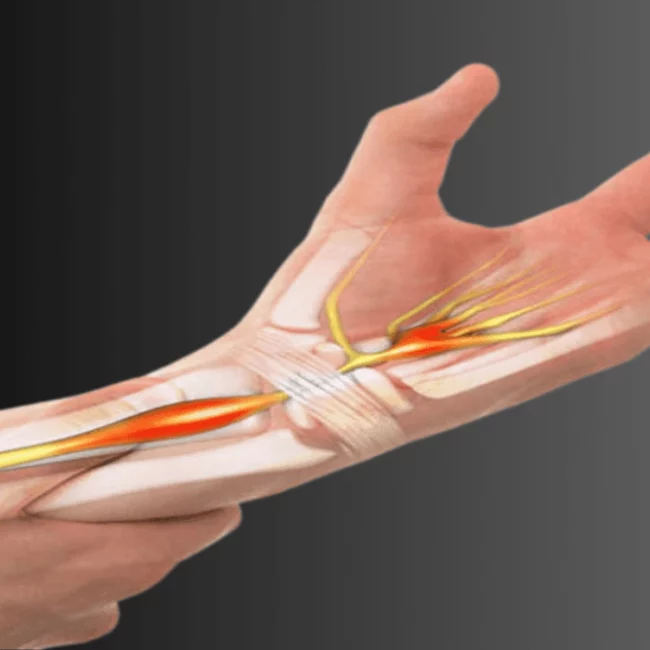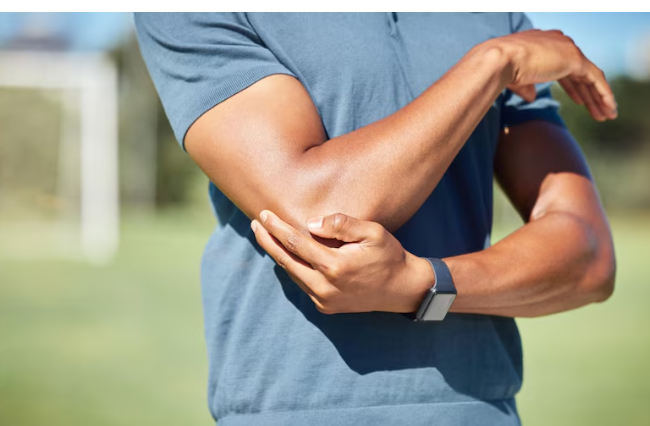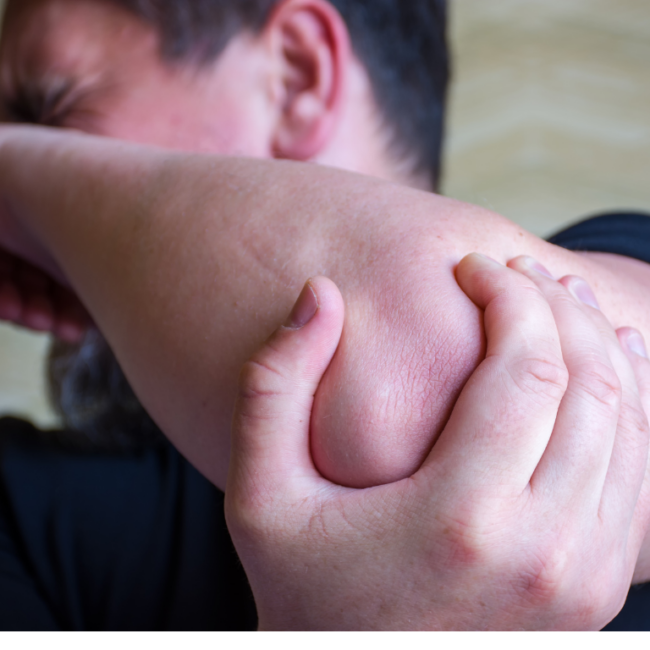
Reconstructive Elbow Surgery for Athletes: Returning to Peak Performance
The elbow is one of the most important joint points for athletes, providing strength, stability, and accuracy in most sports. However, repetitive stress, high-impact movement, or traumatic injury renders many athletes incapacitated, as they have experienced elbow damage that significantly impacts their performance. Reconstructive elbow surgery is a key treatment modality that helps to restore function, erase pain, and deliver athletes back into competition at the high level at which they are accustomed.
Elbow injuries are more common among athletes who participate in sports like baseball, tennis, golf, and weightlifting. In cases where conservative treatments fail, elbow surgery for athletes can be performed to repair structural damage and ensure long-term joint health.
This guide will cover:
- What is reconstructive elbow surgery?
- Common elbow injuries requiring surgery
- Surgical procedures available for athletes
- Recovery process and rehabilitation
- How athletes can return to peak performance
- FAQs about elbow surgery for athletes
- Why Choose Dr. Marouane for Elbow Reconstruction
If you are an athlete experiencing chronic elbow pain, restricted movement, or instability, this article will explain when surgery is necessary and what you can expect during the healing process.
What is Reconstructive Elbow Surgery?
Reconstructive elbow surgery is surgical interventions intended to correct injured ligaments, tendons, bones, or cartilage of the elbow. Surgery is often necessary if an athlete is injured and his condition cannot be improved by nonsurgical interventions, such as rest, physiotherapy, or injections.
Surgical intervention becomes necessary to:
- Restore elbow stability and function
- Relieve chronic pain and inflammation
- Prevent further damage and complications
- Strengthen and enhance flexibility
- Enable athletes to return to their sport safely
Depending on the nature and extent of the injury, the surgical procedures can be either minimally invasive arthroscopy or open reconstruction.
Common Elbow Injuries That Require Surgery
Athletes subject their elbows to a lot of stress, which makes them susceptible to injuries. The most common conditions that may require reconstructive elbow surgery include:
1. Ulnar Collateral Ligament (UCL) Tear
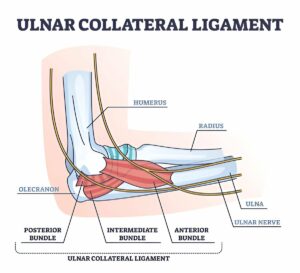
- This is common in baseball pitchers, javelin throwers, and tennis players.
- Occurs due to repetitive stress on the inner elbow ligament.
- Symptoms include pain, weakness, and loss of throwing velocity.
Surgical Option:
Tommy John Surgery (UCL Reconstruction) replaces the damaged ligament using a tendon graft.
2. Tennis Elbow (Lateral Epicondylitis) and Golfer’s Elbow (Medial Epicondylitis)
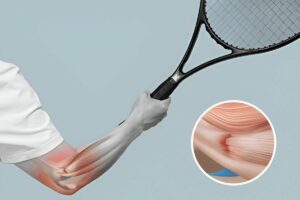
- Overuse injuries caused by repetitive wrist and arm motions.
- Leads to degeneration of tendons attached to the elbow.
- Symptoms include pain and weakness during gripping or lifting.
Surgical Option:
Tendon Debridement or Repair removes damaged tissue and stimulates healing.
3. Elbow Fractures
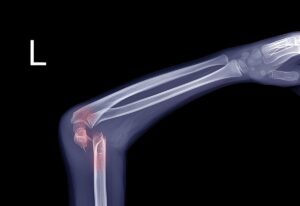
- High-impact sports can cause fractures in the radius, ulna, or humerus.
- Can cause instability, pain, and limited range of motion.
Surgical Option:
Open Reduction and Internal Fixation (ORIF) uses plates and screws to stabilize bones.
4. Osteochondritis Dissecans (OCD)
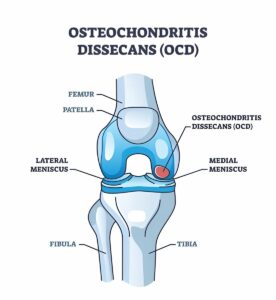
- A condition where cartilage and bone in the elbow joint break down due to repetitive stress.
- Common in gymnasts and baseball players.
Surgical Option:
Arthroscopic Repair or Cartilage Grafting restores damaged joint surfaces.
5. Loose Bodies and Bone Spurs
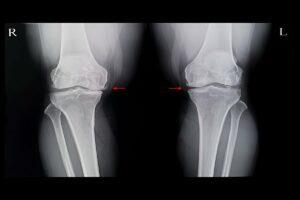
- Small pieces of bone or cartilage may break off, causing pain, clicking, and limited movement.
Surgical Option:
Loose bodies and smooth out rough surfaces are removed by arthroscopy.
Types of Reconstructive Elbow Surgery for Athletes
The surgery an athlete requires depends on the nature and severity of the injury. The most common reconstructive procedures include:
1. Tommy John Surgery (UCL Reconstruction)
- Replaces the damaged ulnar collateral ligament with a tendon graft.
- Overhead athletes, especially baseball pitchers, require this surgery.
- Recovery is 12-18 months to return to competition.
2. Elbow Arthroscopy
- A minimally invasive procedure using small incisions and a camera.
- Removes loose bodies, bone spurs, or inflamed tissue.
- Recovery is faster than open surgery.
3. Tendon Repair or Debridement
- Removes damaged tendon tissue in chronic tendinitis.
- Stimulates healing and restores strength.
4. Fracture Fixation (ORIF)
- Stabilizes broken bones with metal plates, screws, or pins.
- Ensures proper healing and maintains elbow function.
5. Cartilage Repair and Joint Resurfacing
- Used for OCD or cartilage degeneration.
- Restores smooth joint surfaces to prevent arthritis progression.
Recovery Process and Rehabilitation
Returning to peak performance after elbow surgery for athletes requires a structured rehabilitation program.
1. Immobilization Phase (0-6 Weeks)
- The elbow is protected with a brace or sling to allow healing.
- Medications and ice treatment are used to control pain and swelling.
2. Early Rehabilitation (6-12 Weeks)
- Basic range-of-motion exercises are initiated under the guidance of physiotherapy.
- Forearm, wrist, and shoulder muscle strengthening.
3. Strength Training and Sport-Specific Movements (3-6 Months)
- Gradually the rehabilitation process increases resistance exercises to build on the strength of the arm.
- Functional exercises based on the sport of the athlete.
4. Return to Sport (6-12 Months, Depending on Surgery)
- Gradual return to performance by progressive throwing or the sport-based drills.
- Close monitoring always to avoid reinjury.
- Rehabilitation depends on consistency, proper guidance, and patience.
How Athletes Can Return to Peak Performance
Elbow surgery rehabilitation is a process for athletes that involves discipline, patience, and the right guidance. The surgery corrects the damage, but the rehabilitation will dictate how soon an athlete can get back into the sport with peak performance.
Athletes who wish to optimize their recovery and regain their peak performance should consider the following steps:
- Commit to a Structured Rehabilitation Plan: A progressive physiotherapy program ensures that the elbow is returned to full strength, mobility, and stability. Skipping rehab sessions can slow progress and increase the risk of reinjury.
- Gradually Increase Activity Levels: Athletes should ease back into training and follow their surgeon’s timeline. Overloading the elbow too soon can cause setbacks.
- Strengthen the Whole Kinetic Chain: The shoulder, wrist, forearm, and core all work in concert to ensure proper elbow movement. A more holistic strength-building program improves overall stability and limits compensatory injury.
- Pay Special Attention to Appropriate Technique and Biomechanics: If possible, the athlete can learn from sports trainers or biomechanics specialists what movement patterns created the problem that led to this injury.
- Prioritize Recovery and Listen to the body: additive measures for rest, proper nutrition, hydration and sleep improve tissue healing and prevent overuse injuries.
- Work with Sports Medicine Experts: throughout recovery, athletes should be in touch with their surgeon, physiotherapist, and athletic trainers to track their progress and adapt rehabilitation as necessary.
Many elite athletes have been under reconstructive elbow surgery and returned to competition stronger than before with dedicated rehabilitation, gradual progression, and proper guidance that returns athletes to peak performance safely and effectively.
Frequently Asked Questions (FAQs)
- Do I need an elbow surgery?
Pain, instability, or loss of motion persist for months with non-surgical treatment; surgery may be necessary.
- How long does it take to recover from elbow surgery?
Recovery varies by procedure:
Tommy John Surgery: 12-18 months.
Arthroscopy: 2-3 months.
Tendon Repair: 4-6 months.
- Can athletes return to professional sports after elbow surgery?
Yes, many professional athletes fully recover and return to peak performance with proper rehabilitation.
- Will I regain full strength in my elbow after surgery?
Most athletes regain 90-100% of strength, depending on their dedication to rehabilitation.
- Does surgery on the elbow prevent future injury?
Yes. With proper surgical technique and rehabilitation with strength conditioning, the chance of reinjury is minimized.
Why Choose Dr. Marouane for Elbow Surgery?
In reconstructive elbow surgery in athletes, finding the right surgeon can make a big difference between recovery and full return to the field. A leading orthopaedic surgeon in his field, Dr. Marouane is a specialist in sports-related elbow injuries and more complex reconstructive procedures.
Here’s why athletes trust Dr. Marouane for elbow surgery:
Extensive Experience in Treating Athletes: Dr. Marouane has successfully treated both professional and amateur athletes from almost all sports; they have received him for help after serious injuries to the elbows, and returned them to playing form.
A Minimally Invasive Elbow Surgery Specialist: He specialises in arthroscopic as well as reconstructive elbow surgery that minimises recovery time and surgical risks besides reducing pain during recovery.
Individualised Rehabilitation Programs: Every athlete leaves with a uniquely tailored treatment approach that is directly related to the specific sport or position and expected recovery.
Substantial Success Record and Proven Track Record: Many athletes after elbow surgery done by Dr. Marouane have returned and resumed their athletic activities stronger than ever.
Comprehensive Post Surgical Care: All of these the team of Dr. Marouane keeps monitoring, guides in rehabilitation, and offers optimization strategies to ensure safe return in competition.
State-of-the-Art Facilities: With state-of-the-art medical technology, the latest surgical techniques, and rehabilitation protocols, the care of Dr. Marouane shall be tailored to the exact needs of the athletes.
Conclusion
These injuries can even be career-threatening for athletes, but with advanced reconstructive surgery and a well-planned rehabilitation protocol, a full recovery is feasible. If elbow pain impacts your performance, see an expert to assess the optimal treatment.
Expert care, tailored for you! Book your consultation with Dr. Marouane today at +971 54 422 6123.



